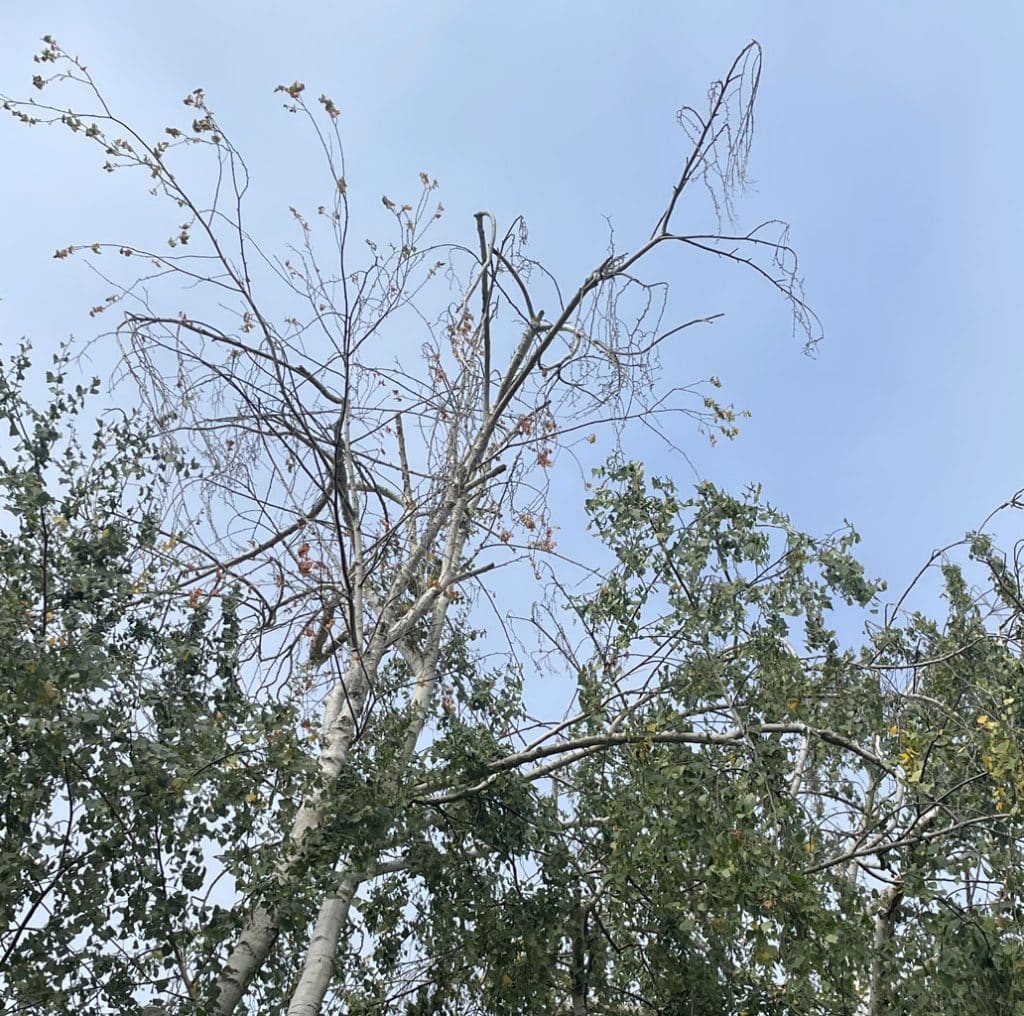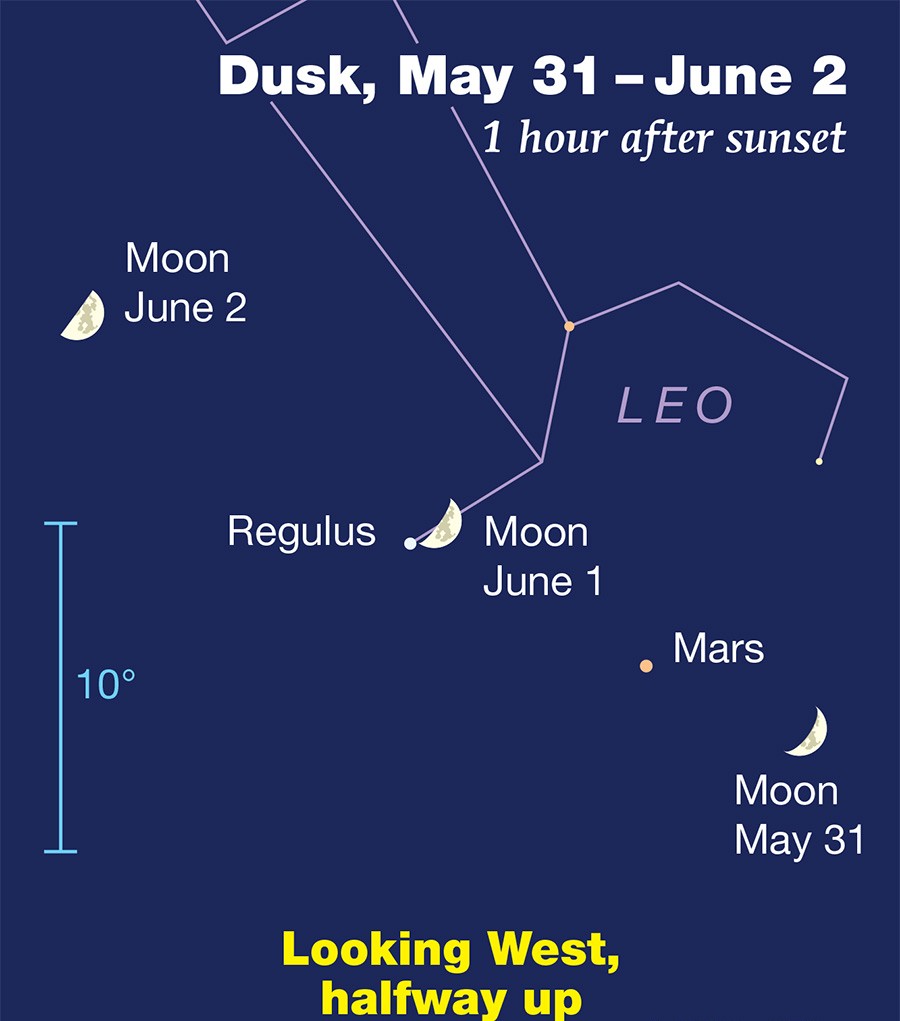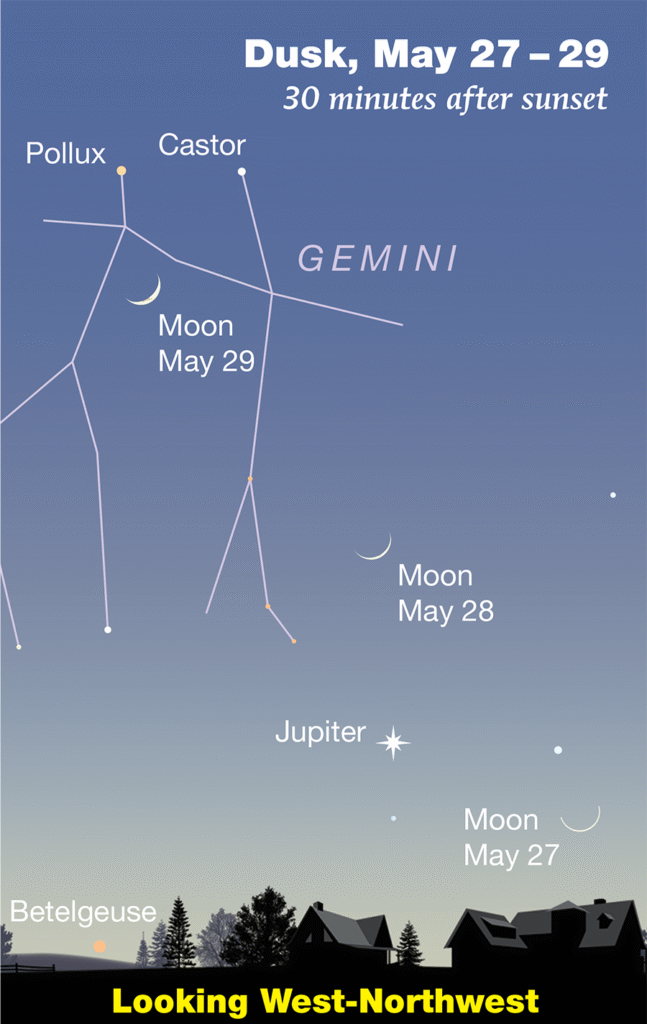
In the night sky this week, Mars is hanging out in Leo, sinking below the horizon around midnight. The red planet is getting dimmer as the Earth pulls away from the red planet. On Sunday, the moon passes to the north of the planet.

Jupiter is low in the west right after sunset, if you can glimpse it before it sets.

In the morning, the bright object you see around a couple of hours before sunrise in the east is Venus in the constellation of Pisces. It is gaining in brightness as it closes in on Earth’s orbit. On Saturday morning, the waning crescent moon lies to the left of the planet.
Saturn is to the upper right of the bright Venus. This is a good time to look at the ringed planet through binoculars or a small telescope because, to the planet’s northeast, you can find Neptune. It will look like a small blue-green star.

Vega shines in the northeast as summer’s brightest star. It is twice the size of our sun and only 25 light years from us. Vega has been our North Star in the past and again in the distant future. This star leads the Summer Triangle up to the skies.
So, grab a blanket, maybe a telescope or binoculars, and enjoy the cosmic spectacle this week has to offer this week through June 6th. The night sky is putting on quite a show this week—let’s take a look at what’s up there!





